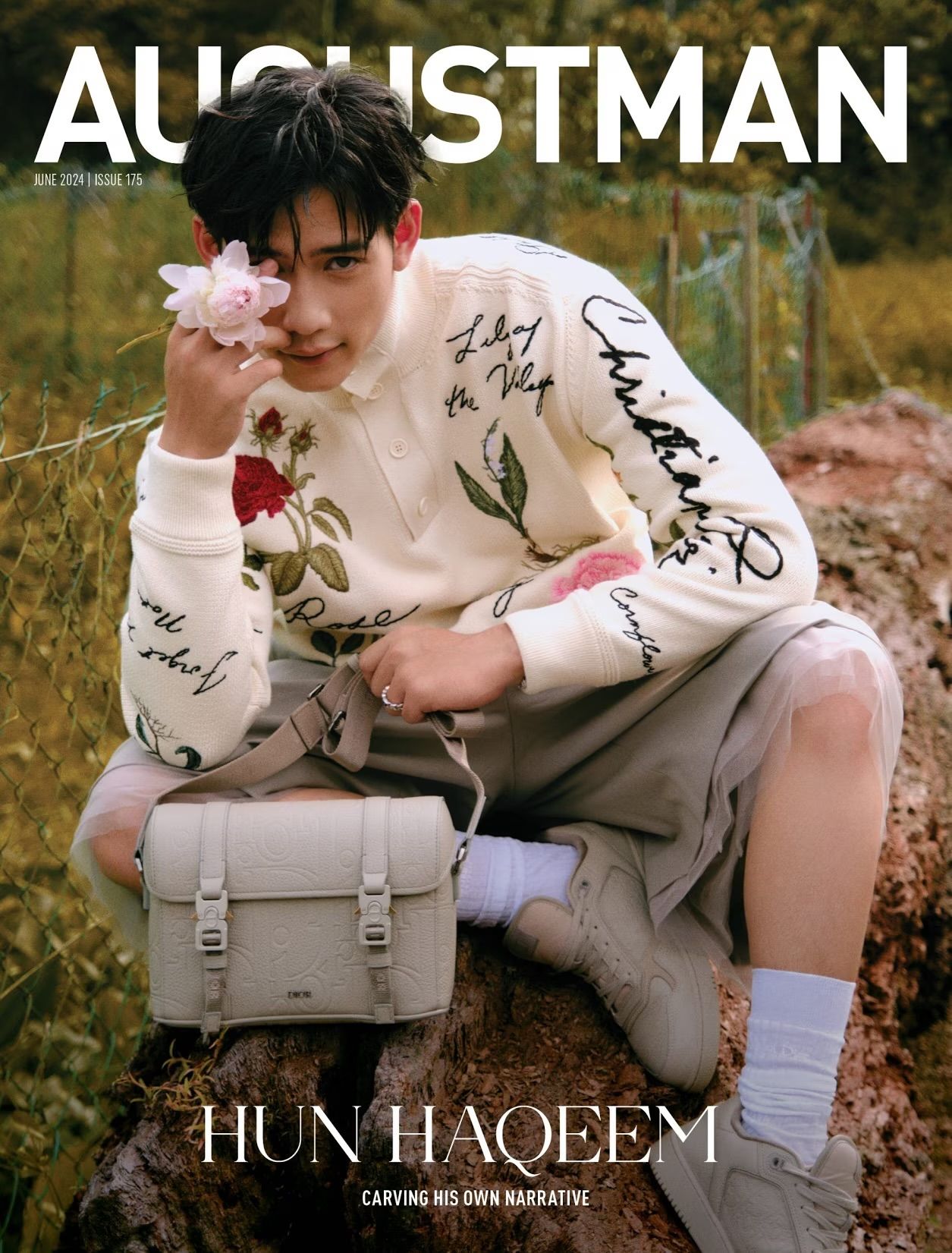
“It’s more than just writing, it’s an art,” says Yap, a Chinese calligraphy artist and the creator of the river stroke style. Wearing his long, luscious hair and beard with an effortless air, Yap looks like a man ready to share an interesting tale, and that he does.
Yap has practised Chinese calligraphy for over 30 years, and he views the technique from a different perspective compared to other calligraphers. To him, the artistic medium with over 2,000 years of Chinese history should be better appreciated as an art form, and in many ways, it mimics the flow of rivers.
“One of the biggest inspirations that I got was from a documentary on the Amazon River. I was in awe of the river’s powerful currents, its strength and flexibility. It was so formless, calm, yet so powerful. That struck me and it’s something that I want to incorporate in my art. That’s when I began experimenting and eventually discovered my own calligraphy style and the river stroke.”

Unlike most Chinese students who get exposed to calligraphy way past their teenage years, Jameson was introduced to the art when he was just five years old, thanks to his beloved grandfather who was a practising hobbyist.
When his grandfather passed, Jameson continued the craft and eventually went on to pursue a career in it. His unconventional way of expressing himself was what made his work so popular. It was as if both the ancient and the modern merged together to produce his work of art.
To demonstrate his artistic process, Yap provided an exclusive demonstration, pulling out a large piece of rice paper and smoothing it out on the glass table. With a masterful hand, he employed his calligraphy techniques, adhering to the rule of beginning and ending each stroke without lifting the brush. His strokes were executed with grace and finesse, yet at the same time with a certain harshness that suggested a passion for the craft.

It’s creations like this that have inspired many. But Yap has also drawn criticism for not conforming to the traditional standards of calligraphy. In a lighthearted manner, Yap responds: “I’ve been doing this long enough that I actually care about what people think about my work now. And I take it as my responsibility to be kind to those who misunderstand my creations. I believe a little patience and education helps give my audiences a different perspective towards my art.”
Yap’s work has impacted many lives, even those who come from different cultural backgrounds. With his contemporary style, Yap believes that he can spread forth the traditional art, and promote this rich history to more people around the world.





